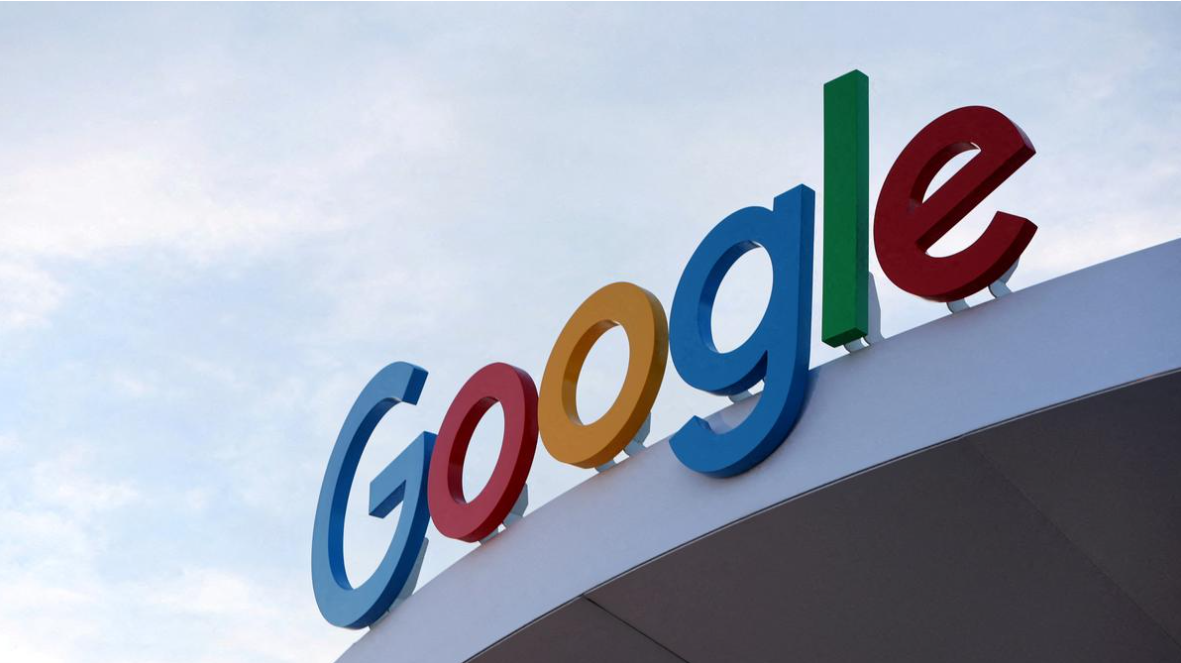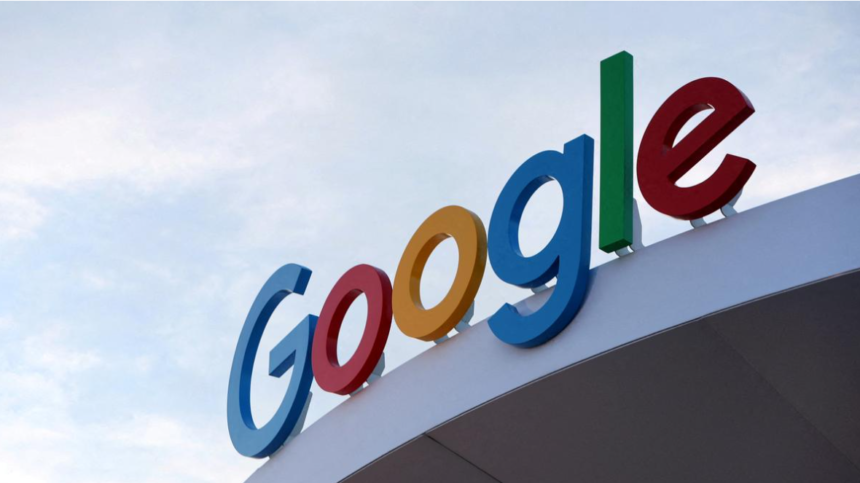Google is continuing to innovate by enhancing its search engine with more artificial intelligence (AI), particularly in the realm of visual content. The latest upgrade allows users to voice questions about images and even organizes search results in ways that are more intuitive and user-friendly. This development reflects the ongoing evolution of AI’s role in search technology, promising to improve how we interact with the vast ocean of digital information.
In this article, we will explore the key features of this AI injection, its impact on users, the technology behind it, and its broader implications for the future of search.
The Evolution of Search Engines
Search engines have transformed dramatically over the past two decades. Initially, they were simple tools that relied heavily on keyword matching and basic algorithms. Over time, search engines like Google evolved to incorporate more advanced algorithms, taking into account factors such as relevance, context, and user intent.
The rise of machine learning and AI has significantly accelerated this transformation, enabling search engines to understand not just what users type but what they mean. Google’s integration of AI has been evident in features like natural language processing, voice search, and personalized search results. This latest update, which allows users to voice questions about images and organizes entire pages of search results, represents a leap forward in making search more intuitive and efficient.
Key Features of Google’s AI-Powered Search Upgrade
1. Voice Queries for Images
One of the most exciting aspects of Google’s new AI-powered search update is the ability to ask questions about images using voice commands. Users can now interact with images in a more conversational manner, asking questions about what they see. For instance, you might ask, “What kind of animal is in this picture?” or “Where was this photo taken?”
This feature utilizes AI’s ability to recognize and analyze images, combining it with voice recognition technology to provide immediate, accurate answers. The implications for this are vast, from helping users identify objects and places in photos to offering more context for visual content.
2. Image Recognition and Contextual Understanding
Google’s AI upgrade goes beyond basic image recognition; it adds a layer of contextual understanding. This means the AI not only identifies what is in the image but also provides additional information based on the context of the photo. For instance, if an image contains a historical monument, the AI might provide historical facts about the site. If the image is of a product, the AI could share reviews or purchasing options.
This contextual capability makes search results more useful and informative, as users no longer need to manually piece together information from various sources. The AI does the heavy lifting, delivering comprehensive answers based on the images it analyzes.
3. Full-Page Organization of Search Results
Another significant advancement in Google’s latest AI injection is the ability to organize an entire page of search results based on user intent. Rather than simply presenting a list of links, Google’s AI clusters results into logical groups or themes. This could mean grouping news articles together, highlighting images or videos in a separate section, or prioritizing certain types of results based on the user’s query.
For example, if you search for “best smartphones 2024,” Google’s AI might organize the page by first presenting the latest reviews, followed by video comparisons, user ratings, and links to online stores. This restructuring of search results makes it easier for users to find exactly what they are looking for without scrolling through endless links.
4. Visual Search Enhancement
Visual search is becoming an increasingly important aspect of how people interact with search engines. Google has been investing in visual search capabilities for years, but this latest AI update takes it to the next level. Users can now upload or take photos and ask Google to identify objects, landmarks, animals, or products in the image.
What sets this apart from previous iterations is the ability to ask follow-up questions using voice commands. You might start by asking, “What is this?” and then follow up with, “Where can I buy this?” or “What’s the history of this landmark?” Google’s AI can handle these multi-step interactions, making visual search a more dynamic and conversational experience.
5. AI-Generated Summaries and Answers
In addition to providing organized search results, Google’s AI can also generate summaries for certain queries, helping users get the information they need quickly. For instance, if you search for information about a movie or an event, Google might present a concise, AI-generated answer summarizing key details, such as the release date, cast, or event timeline. 
This feature reduces the need to click on multiple links to gather information, as Google provides a well-rounded response right on the search page. These summaries could also appear alongside images, giving users quick context about the visual content they are exploring.
6. Interactive and Engaging Search Results
The AI injection also makes search results more interactive. By combining voice search, visual search, and contextual understanding, Google is moving toward a search experience that feels more like a conversation. Users can ask follow-up questions, receive AI-generated summaries, and interact with different types of content, all within the same search session.
This is particularly useful for users who rely on mobile devices, as it allows for hands-free, interactive searches that integrate text, voice, and visual content.
Impact on Users
1. Enhanced User Experience
Google’s AI-driven enhancements promise a significantly improved user experience. By organizing search results, providing contextual information, and allowing for voice-based queries about images, users can find the information they need faster and with less effort. This is especially beneficial for those who frequently search on mobile devices or need quick answers while multitasking.
2. More Efficient Search Process
The ability to ask questions about images and receive organized search results streamlines the search process. Users no longer have to open multiple tabs or sift through numerous links to piece together information. Instead, the AI gathers, analyzes, and presents the most relevant content in a way that’s easy to navigate.
3. Accessibility and Inclusivity
The integration of voice commands into image search opens up new possibilities for accessibility. Users with visual impairments or those who prefer voice interaction over typing can now engage with visual content in a more meaningful way. By asking questions about images and receiving spoken responses, search becomes more inclusive and accessible to a wider audience.
4. Improved Visual Search for Shopping and Travel
For shoppers and travelers, the AI-powered image recognition and contextual understanding features offer tremendous benefits. Users can take photos of products and receive instant information on where to buy them, read reviews, and compare prices. Similarly, travelers can upload images of landmarks or destinations and receive historical, cultural, or geographical information in real time.
Technology Behind the AI-Powered Search
Google’s latest AI injection is built on several advanced technologies, including machine learning, natural language processing, and computer vision. These technologies work together to create a more intelligent, responsive, and intuitive search experience.
1. Natural Language Processing (NLP)
NLP enables Google’s AI to understand and respond to voice queries. This Search Engine technology is critical in allowing users to ask questions about images, as it interprets the meaning of the query and delivers an appropriate response. Google has made Search Engine significant advancements in NLP, allowing the AI to handle more complex and conversational queries than ever before.
2. Computer Vision
At the Search Engine heart of Google’s visual search capabilities is computer vision, a technology that allows machines to “see” and interpret images. Computer vision is responsible for identifying objects, landmarks, and other visual elements within images. When combined with contextual understanding, this technology enables Google to provide more meaningful answers about the content of images.
3. Machine Learning
Google’s AI relies on machine learning to improve over time. As users interact with the search engine, the AI learns from those interactions, refining its ability to understand queries, analyze images, and provide relevant information. Search Engine Machine learning ensures that the AI becomes more accurate and helpful as it processes more data.
The Future of Search
Google’s AI-powered search engine is just the beginning of what’s possible in the realm of AI-enhanced information retrieval. As AI continues to evolve, we can expect even more personalized and intuitive search experiences. Future developments may include deeper integration with virtual and augmented reality, further enhancing how users interact with visual content.
Additionally, the Search Engine use of AI in search will likely expand beyond Google, influencing other industries and applications, from e-commerce to education and healthcare.
Challenges and Ethical Considerations
While Search Engine Google’s AI injection brings many benefits, it also raises certain challenges and ethical considerations. For example, the use of AI to analyze images and provide contextual information could raise privacy concerns, especially if sensitive images are involved. Ensuring that AI respects user privacy and handles data responsibly will be a key challenge moving forward.
Another potential concern is the accuracy of AI-generated information. While can analyze data quickly, it may not always deliver the most accurate or up-to-date information. Ensuring that users receive reliable answers will require ongoing oversight and refinement of AI models.
Conclusion
Search Engine Google’s latest AI injection into its search engine represents a major leap forward in how we interact with information. The ability to voice questions about images, combined with more organized search results and AI-generated summaries, offers a more efficient, intuitive, and interactive search experience. Powered by cutting-edge technologies like natural language processing, computer vision, and machine learning, Google’s is making search smarter and more accessible than ever before.
As AI continues to evolve, we can expect search engines to become even more integrated into our daily lives, offering increasingly personalized and context-aware assistance. Google’s powered search is a glimpse into the future of information retrieval, where human curiosity meets machine intelligence in a seamless and dynamic partnership.





